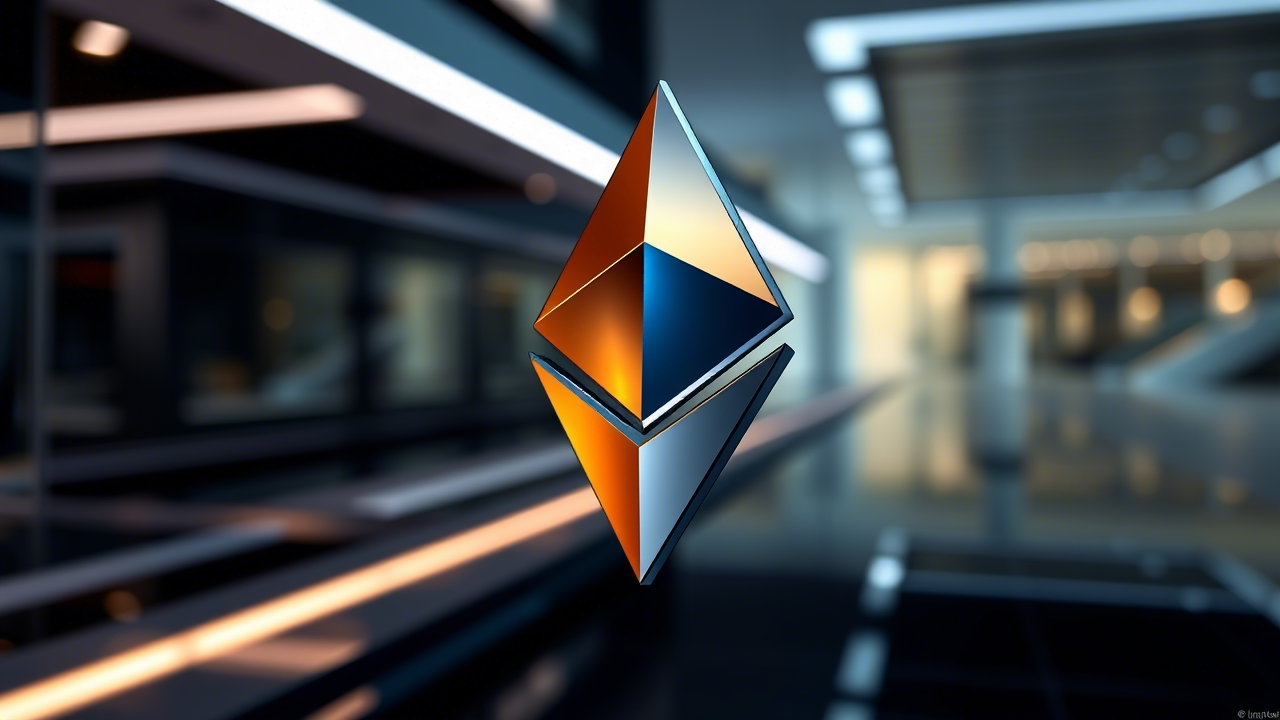
**Ethereum Unveils Pectra on Holesky: Aiming for Enhanced Scalability, Validator Rewards, and Wallet Features; Mainnet Launch on the Horizon for April 2025**
Ethereum developers have kicked off the Pectra upgrade on the Holesky testnet, marking an exciting milestone in the network’s journey toward improved scalability and account abstraction. This upgrade brings a host of changes, including adjustments to validator rewards, increased blob capacity, and enhancements to wallets, all designed to elevate the user experience. Testing will soon expand to the Sepolia testnet in early March, with a potential mainnet launch anticipated in April 2025. Amid market fluctuations and recent security issues, developers are focused on keeping Ethereum’s momentum strong.
**Pectra Launches on Holesky; Sepolia Testing Scheduled for March**
The Ethereum Foundation has confirmed that the Pectra upgrade was successfully activated on the Holesky testnet at epoch 115,968, which took place at 9:55 pm UTC. Tim Beiko, a core developer and support lead at the Ethereum Foundation, noted that Holesky’s fork occurred at slot 3,710,976. Following this, Sepolia will have its own activation on March 5 at epoch 222,464, corresponding to slot 7,118,848. Developers plan to finalize a mainnet launch date during the All Core Developers (ACD) call on March 6, depending on the outcomes of the testnet results. Pectra builds on the Dencun hard fork, which was deployed in March 2024, and aimed to reduce layer-2 transaction fees while enhancing rollup economics. If testing on Holesky and Sepolia goes smoothly, Pectra could be ready for the mainnet in early April.
**Key Features: Enhancements for Validators, Account Abstraction, and Blob Capacity Expansion**
Pectra introduces eight key improvements that focus on validators, wallets, and layer-2 solutions. One of the standout features is EIP-7251, which increases the maximum validator reward balance from 32 ETH to 2,048 ETH. This change is designed to encourage larger deposits, thereby strengthening network security. The upgrade also incorporates account abstraction through EIP-3074, allowing users to batch transactions and utilize sponsored gas payments, enabling transactions without needing to hold Ether directly. This enhancement introduces alternative authentication methods and better spending controls.
Moreover, Ethereum’s blob storage capacity is set to expand by 50%, increasing the limit from three to six blobs per block. This upgrade aims to further lower layer-2 transaction costs, building on the progress made during the Dencun upgrade. EIP-7702 introduces wallet security improvements, featuring new options for spending limits and recovery methods. Ethereum developers believe these enhancements are vital for achieving long-term scalability and usability goals. According to the Foundation, the upgrades are designed to boost validator engagement and enhance the overall user experience while tackling key network efficiency challenges.
**ETH Development Accelerates Amid Market Recovery**
The rollout of Pectra comes at a time when Ethereum is navigating market recovery, with ETH prices holding steady near $2,900. The community is optimistic about the future as these upgrades pave the way for a more robust and user-friendly Ethereum ecosystem.




